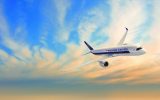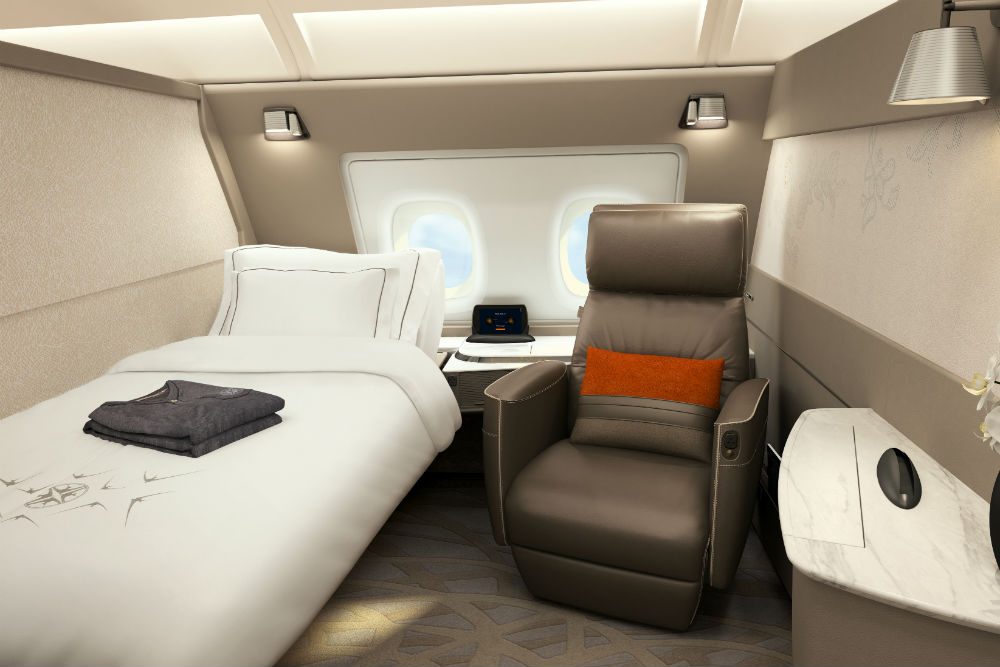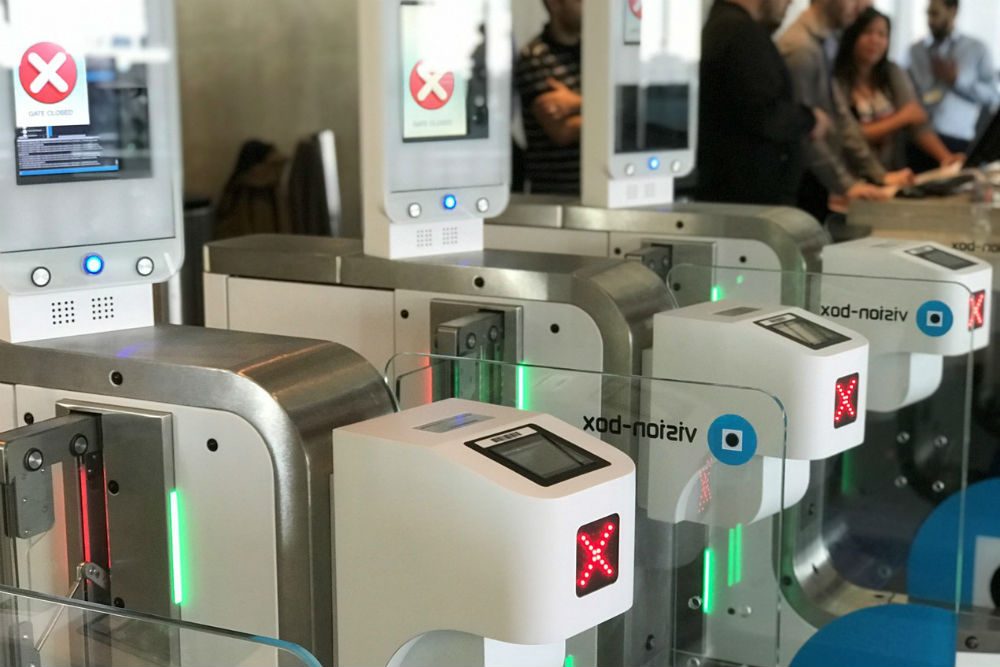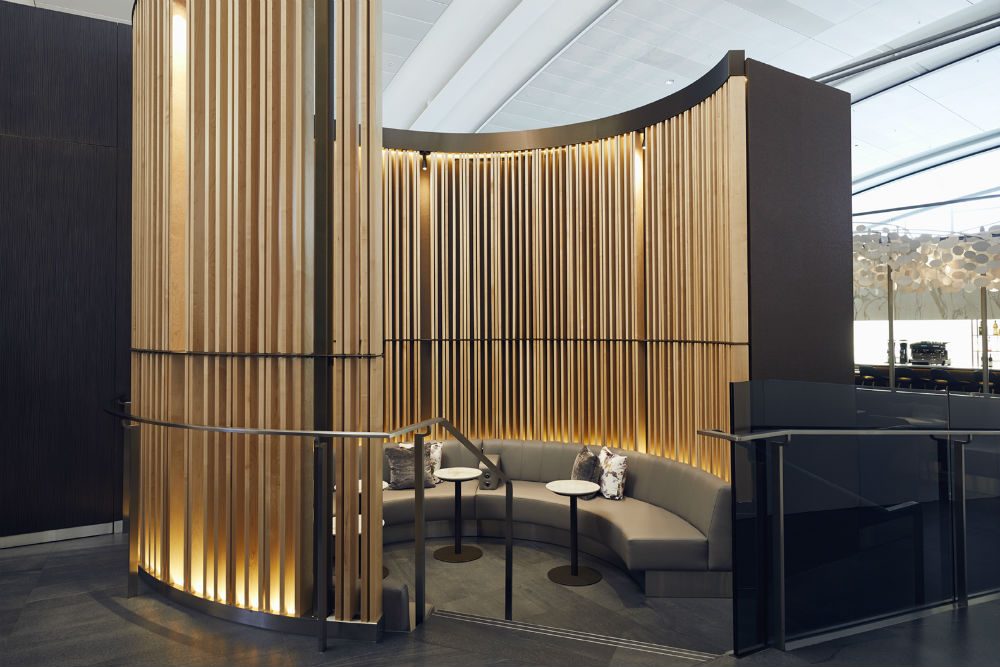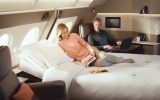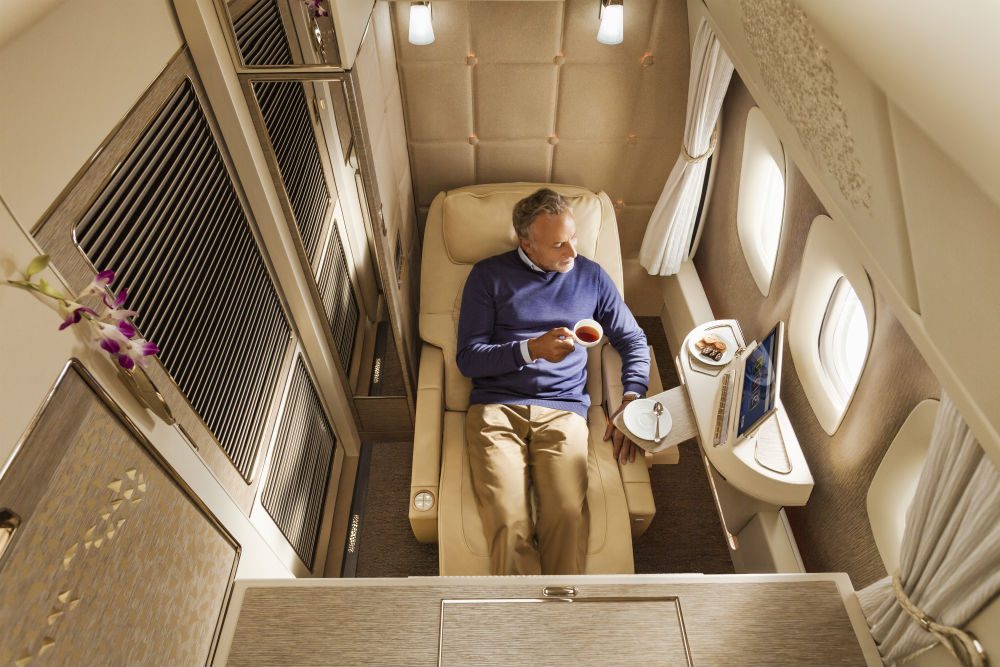The major U.S. airlines haven’t had to work very hard to win our business over the past several years. With the economy growing and the number of carriers shrinking (thanks to mergers), their planes have been packed. And since they’re able to sell their seats, they aren’t too interested in making them available for award travel. That’s why your best bet for using miles in 2020 is to look abroad to these airlines’ alliance partners, many of whom fly to the U.S. and do have empty seats. On these partners, you’ll get the greatest value exchanging your miles for international business and first class. Here are five more ways to get the most out of your miles this year:
Be flexible…and persistent.
The key to getting the award ticket you want is to be willing to consider a range of dates or at least connecting flights. If your heart is set on the only non-stop flight on your route and there’s only one day you can travel, it might work out, but the odds aren’t in your favor. Airlines don’t always make it easy to find the awards either: American Airlines features only some of its partners on its website, and Delta.com and United.com frequently throw errors. Pick up the phone and call, but know that the agents aren’t always incentivized to be helpful either. I never assume that no means no in air travel until I’ve heard it three times.
Here are just a few of my go-to routes for redeeming premium-cabin award travel where I find a great deal of success:
•Air France business class using Air France’s own miles (transfers from major bank programs)
•Singapore Airlines business class using Singapore’s own miles (transfers from major bank programs)
•Emirates first class (Emirates is an American Express and a Chase transfer partner)
•Korean Air first class using Korean’s miles (transfer from Marriott)
•Cathay Pacific business class for four passengers if booking 6–11 months in advance (American or Alaska miles)
•Asiana business class (United partner, bookable with miles from any Star Alliance program)
Your credit card choice matters more than your airline choice.
Miles aren’t about flying anymore. About two-thirds of miles are sold to and awarded by third parties, largely credit-card–issuing banks. There’s intense competition for credit-card customers. Use that to your advantage. These are my picks for the best credit cards for travelers.
Airline credit cards are for benefits, not spending.
If you don’t fly one airline enough to earn frequent-flier elite status, but you do fly one several times a year, get their credit card. At a minimum, that will entitle you to free checked bags and priority boarding It also means you won’t be forced to gate-check your carry-on, and you will be able to bring on a carry-on even if you’re booked on a dreaded Basic Economy fare on United. But don’t put any unnecessary spending on the airline credit card, because….
Bank programs that transfer to miles earn rewards faster and give you greater flexibility.
Even if you want to collect Delta miles, the Delta card doesn’t earn the most SkyMiles. American Express Membership Rewards cards transfer to SkyMiles and to other airlines too, and they earn points faster than the Delta card. The same is true for the United card and Chase’s Ultimate Rewards products, such as the Sapphire Reserve.
Use an airline card for the benefits, but put your spending on a card whose points—like American Express Membership Rewards or Chase Ultimate Rewards—transfer to a variety of mileage programs. You’ll earn more points, and you’ll have the flexibility to put them where you need them later, once you know the trip you want and which airline has availability.
Consider buying your ticket (with money, not miles).
Even though planes are full, fares are lower than they were just a few years ago. First, there’s competition from ultra-low-cost carriers such as Spirit and Frontier in the U.S. and Norwegian across the Atlantic. Second, airlines are now better able to offer lower first-class fares because of changes to the technology they use—especially for premium cabins. Domestic first class used to be several times more expensive than coach; now it’s frequently less than 50% more.
Business class and premium economy go on sale. In addition, British Airways will give $200 off even a sale-fare business-class ticket to AARP members (and this is stackable with a 10% discount for Chase British Airways credit-card customers). There are great deals out there. Take advantage of them when they pop up, rather than searching for award trips that require greater flexibility (and sometimes too many miles). Consider premium economy—akin to domestic first class—rather than business class, especially for daytime flights when you don’t need that bed. Norwegian, especially, sells it at bargain prices to Europe.
Once coronavirus concerns subside, be on the lookout for cheap business class fares to and through China. China Eastern, Hainan, Sichuan, and Xiamen all run sales and sometimes their U.S. counterparts will match pricing. Once you’re in Asia, buying cheap tickets to your final destination or redeeming miles to local destinations can make great sense.
There’s still tremendous value in frequent-flier programs, but that value is only really achieved by using miles to fly on non-U.S. airlines—or by transferring miles to the programs offered by those international airlines, if you’re willing to venture into the less familiar.
Gary Leff is the points-and-miles expert behind View from the Wing and the award-flight booking service BookYourAward.com. Follow him for smart takes on airlines, credit cards, points and perks on Facebook and Twitter, and sign up for his newsletter at View from the Wing.


